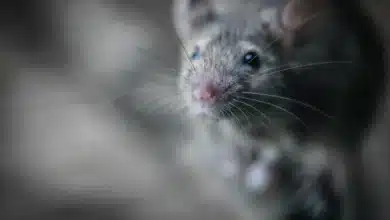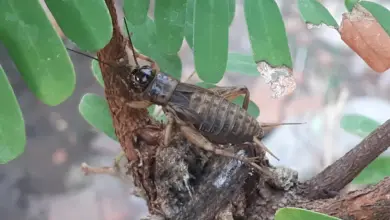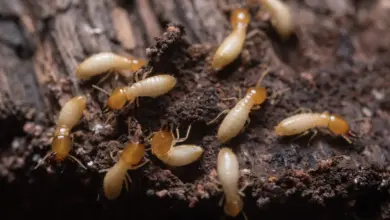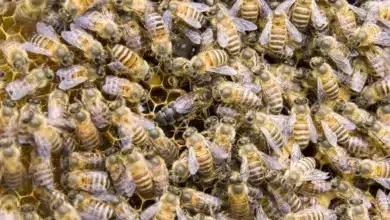What Eats Beetles?
What Beetles Eat and What Eat Beetles?
Have you ever wondered what eats beetles? Beetles play a vital role in many ecosystems across the globe. They are fascinating and diverse insects. They are the world’s largest insect group, with over 400,000 species identified. These insects come in a variety of sizes, colours, and shapes. They can also be found in a wide range of habitats, from tropical rainforests to frozen tundras.
Beetles, despite their small size, are important players in the food chain. They are eaten by birds, reptiles and mammals, among others. They also consume plant and animal matter. It is essential to understand the intricate web of life on our planet by knowing which species are preyed upon or eaten by beetles.
This article will explore the unique adaptations of beetle prey and predators, as well as their hunting techniques. We will also examine beetles’ ecological importance in their environment and their interactions with other organisms.
[ez-toc]
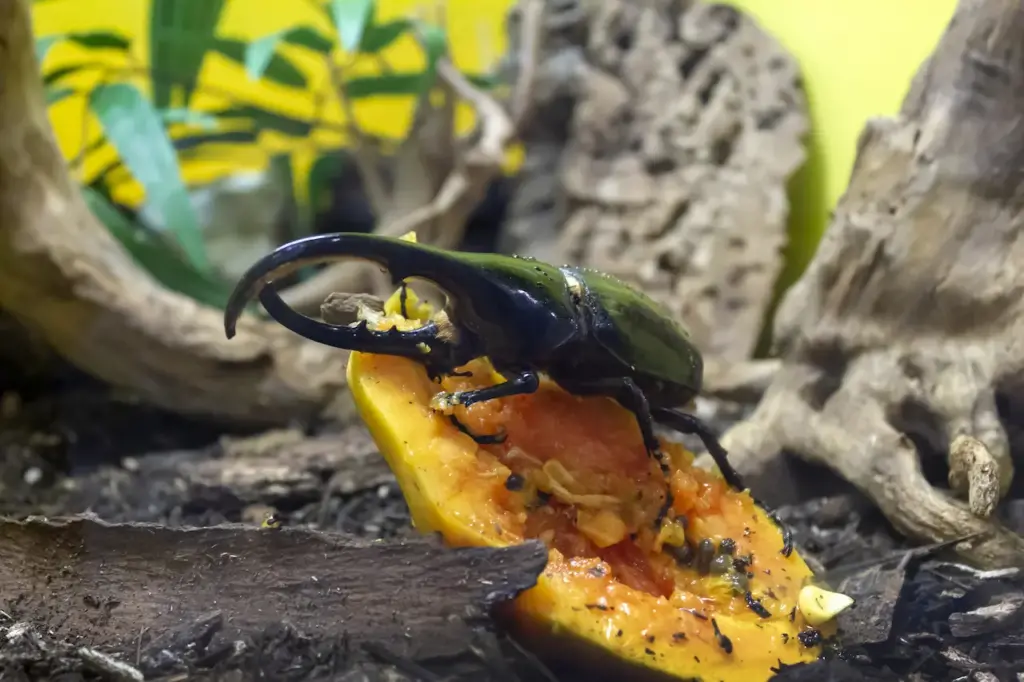
What Do Beetles Eat?
Plants
The majority of beetle species feed on plants, such as seeds, fruits and wood. They also eat leaves, stems and roots. Leaf beetles, for example, eat leaves from trees and shrubs. Weevils bore through stems and roots. Bark beetles, on the other hand, consume the inner bark of trees and the cambium.
Some beetles will only feed on a certain type of plant. For example, the mustard leaf bug only eats plants from the mustard family. Japanese beetles, on the other hand, are generalists, as they can eat a variety of plants, including ornamentals, fruits, and vegetables.
Carrion and Dung
There are also beetle types that feed on animal dung or carrion. For example, carrion beetles will search for dead animal flesh. They then use odour clues to locate the carcass. These species speed up decomposition, preventing decayed organic material from littering the soil and reducing soil fertility.
The dung-feeding types, on the other hand, eat only the dung that animals release. With powerful legs, they drag it away from the source in the form of small balls of dung. Its primary function is to break down organic matter, improve soil fertility and reduce fly and insect populations that breed in manure.
Fungi
Mycophagous beetles are those that feed exclusively on fungi. These beetles can be found in tropical and subtropical areas, where they feed on mushrooms and other types of fungi. Some species, such as the pleasing fungus-eating beetles, eat a variety of fungi while others are more specific.
Beetles that feed on fungi stop them from spreading and causing destruction to plants, among other organisms. Some beetles can also help spread fungal spores to new areas by carrying them.
Different Kinds Of Insects
Beetle species are mainly predators of insects, including other arthropods. Ground beetles are one example. They prey on different insects such as fly larvae and caterpillars. These beetles are fast and have powerful jaws to catch their prey.
The ladybugs, also called ladybird beetles, are another group of insects that is fed by. The aphids are their favourite prey, so they use their sharp mandibles to penetrate their bodies and extract fluids. The ladybugs reduce the number of plant-eating insects and aphids.
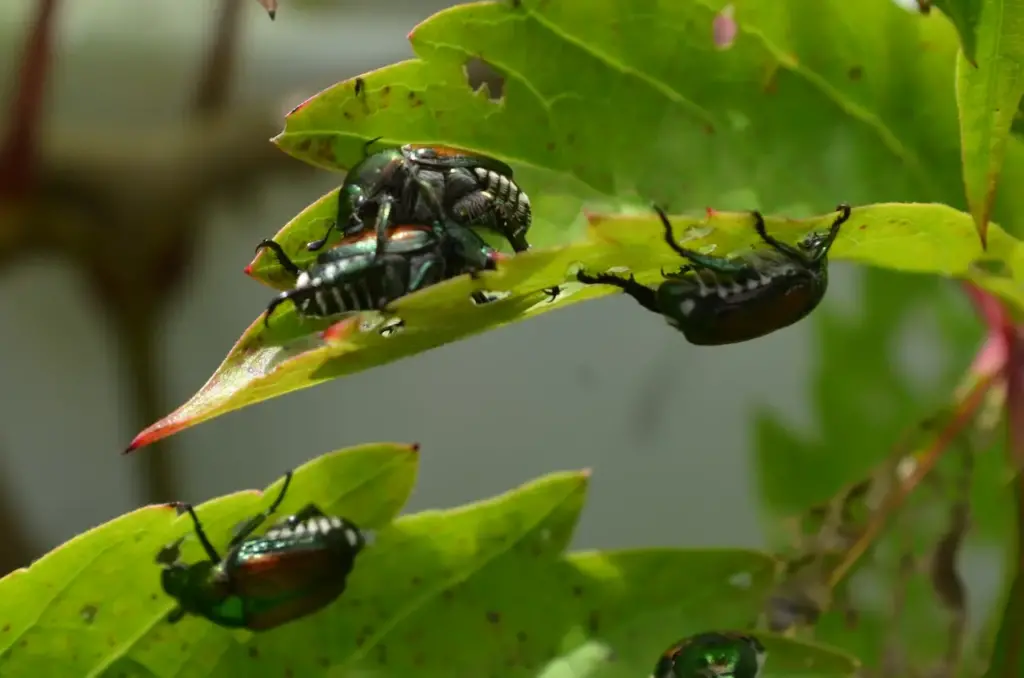
Wood
The wood boring beetles are a group of species that bore into the woody parts of trees and plants. This group includes longhorn beetles and bark beetles. Wood-boring insects use their powerful mandibles to bore into wood, where they obtain nourishment from the cellulose and essential nutrients found there.
Some wood-boring insects prefer to attack sapwood, while others may prefer the heartwood. When they tunnel through the woods, the result is extensive destruction. The wood becomes fragile and more susceptible to disease as well as insect attacks. Wood-boring beetles are capable of killing trees.
Fabrics and Textiles
Some beetle types feed on the materials used to make clothes, such as wool, cotton, and silk. The clothes moth and carpet beetle are two examples of pests that feed on keratin, as well as other proteins in these materials. This can cause serious damage to clothing and carpets.
To avoid infestations, people should store their clothing in mothballs or buy clothing that has been treated with chemicals to repel fabric-eating insects. Vacuuming and normal washing will help to reduce the chances of pests invading your home, such as cloth moths. These pests can shred fabric into tiny pieces if you don’t take action.
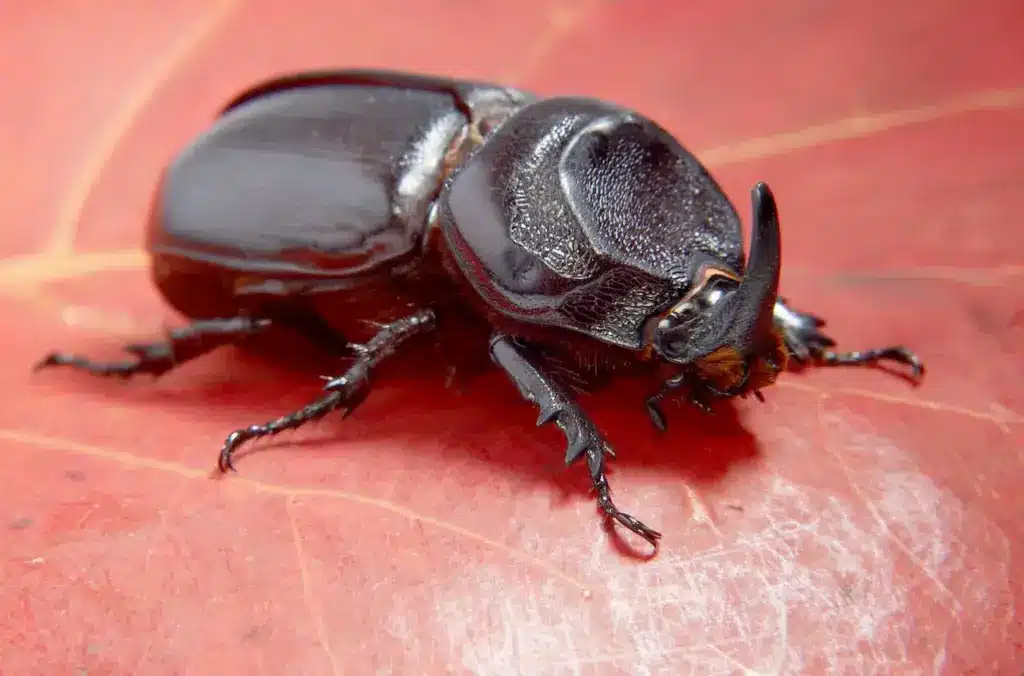
What Eats Beetles?
Ants
Ants also eats beetles. They have powerful jaws and can overwhelm their victims with numbers. This army of ants travels in large groups along forest floors, attacking beetles. Fire ants inject their venom into their victims, paralyzing them and causing them to die.
If an ant is fortunate enough to catch a beetle, it will bring it back to the nest to feed its larvae or store food. Ants are particularly effective at reducing beetle numbers in tropical and subtropical regions where they are abundant.
Mammals
Beetles are eaten by other mammals, although not as often as insects and birds. Bats are well known for consuming specific beetles. They use echolocation to find and catch the flying insects. Shrews, which are small insects-eating mammals, also prey on beetles. Their sharp teeth crush the hard exoskeleton.
Raccoons, opossums and other mammals will eat beetles occasionally. This is especially true when food supplies are limited. These omnivorous creatures will search under rocks or logs and then pull out the beetles with their agile fingers.
Birds
Birds such as woodpeckers, thrushes and warblers prey on beetles. Their sharp beaks are used to catch beetles when they see them with their keen vision and hearing. Beetles provide a high amount of protein to birds, so they are an important source during breeding season.
Woodpeckers are very good at hunting beetles because they use their tongues to extract larvae and adults from the crevices in the bark. They enjoy the Asian long-horned and emerald-ash borer beetles. Woodpeckers control the population of these wood-boring insects by eating them.
Spiders
Spiders are beetle predators, but they use different hunting techniques to catch them. Jumping spiders, for example, will actively hunt beetles using their excellent eyesight and agility while stalking them before pouncing on them. Other spiders construct orb-weavers to capture beetles that are unaware.
The spider immobilizes the beetle with its venom before sucking its liquidized insides, leaving an empty exoskeleton. Spiders are important in the ecosystem.
Reduce the number of beetles, particularly in gardens and agricultural fields.
Amphibians
Frogs and toads are two amphibians that prey on beetles. These creatures’ long, sticky tongues make it easy for them to capture any beetle that settles near water bodies or clings to plants along riverbanks. Frogs can catch beetles using their keen vision before they can escape.
Toads that prefer to eat ground beetles and darkling beetles, among other species, are the ones who do this. Toads possess strong jaws that help them crush the outer layer of insects.
Reptiles
Reptiles like snakes and lizards can also feed on beetles. Anole Lizards can eat a variety of beetles thanks to their sharp teeth and quick reactions. Skinks have been known to feed on insects in some areas of the world because they may not have enough food.
Snakes from tropical and subtropical areas can also feed on beetles. A good example is the corn snake, which eats beetle larvae found in rotten stumps and logs. Snakes play a key role in limiting wood-boring insects that cause widespread damage to trees.
Conclusion
Beetles are fascinating creatures and vital to many ecosystems around the world. As both predators as well as prey, they are essential elements in the complex food web that sustains life on Earth. Beetles control the number of other organisms through their consumption of animal and plant matter. They also play a role in the decay and dispersion of spores produced by fungi.
Beetles are also threatened by birds, reptiles and insects. These animals control their population, preventing the widespread destruction of crops and forests.
